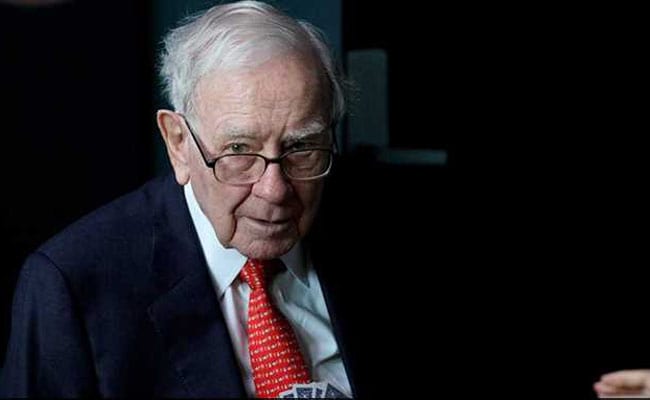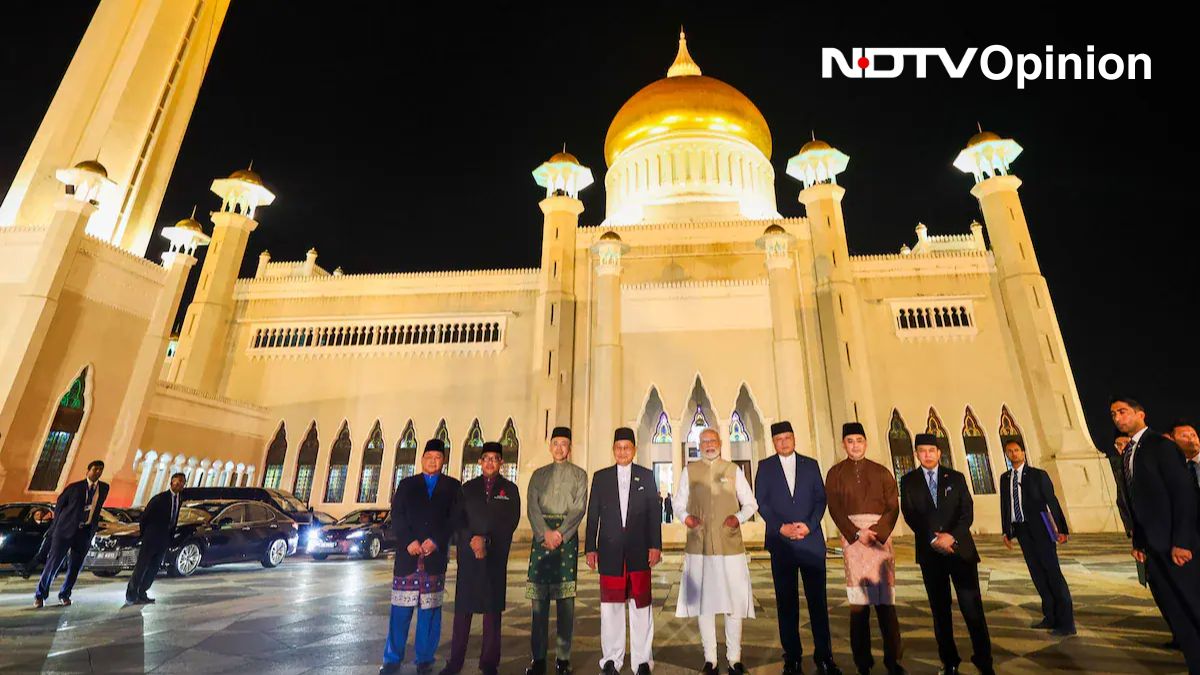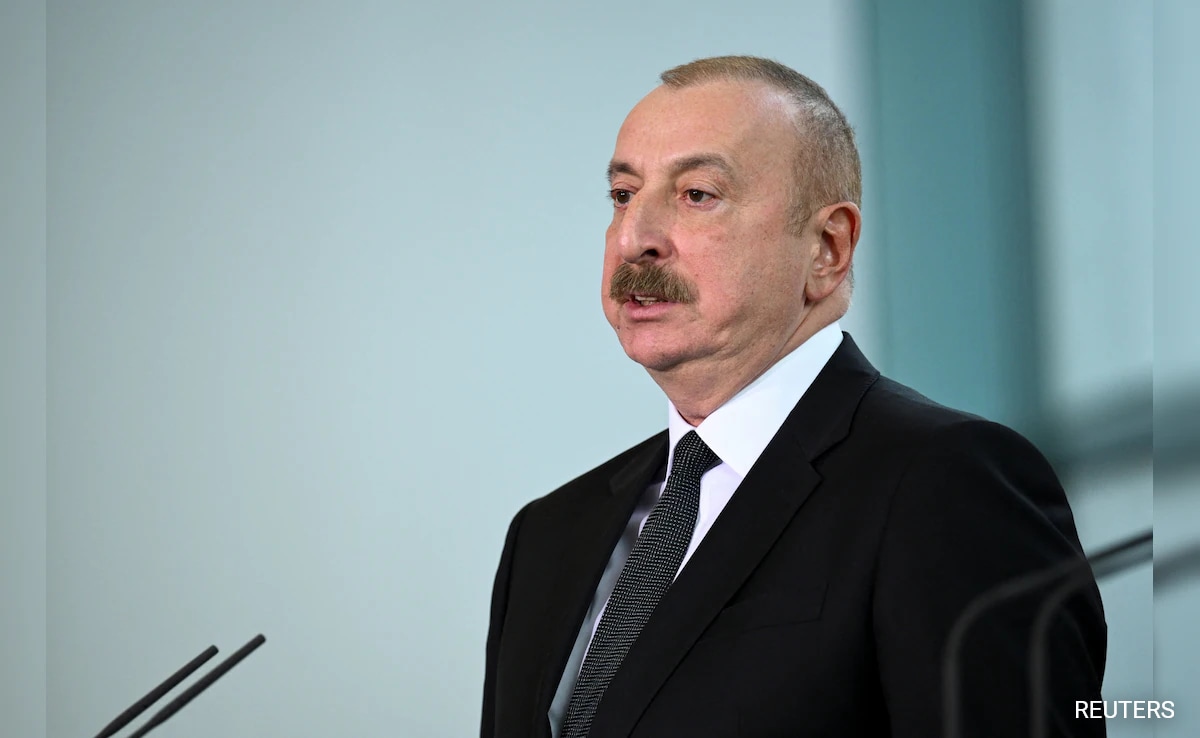Brunei, a tiny yet relatively new nation, holds a wealth of records and a lengthy list of landmarks. From the ruler’s long and elaborate official name—Sultan Haji Hassanal Bolkiah Mu’izzaddin Waddaulah ibni Al-Marhum Sultan Haji Omar ‘Ali Saifuddien Sa’adul Khairi Waddien—to his claim as one of the wealthiest rulers and the world’s longest-reigning monarch, Brunei consistently makes its mark in the record books. However, this former British protectorate, which gained full independence in 1984, is more than its oil riches and opulence.
Bonded Through Language and History
The country is officially known as Negara Brunei Darussalam in its official language, Malay, or Bahasa Melayu. The Malay term “Bahasa” originates from the Sanskrit word “bhasha”, meaning language, while “Negara” is derived from the Sanskrit word “Nagara/Nagari”, meaning city. Brunei’s capital, Bandar Seri Begawan, was renamed in 1970 from its previous name, Bandar Brunei, to honour the country’s former ruler, Sultan Omar Ali Saifuddien III, whose name draws from the Sanskrit term “Shri Bhagwan”, meaning Lord Almighty or ‘the Blessed One’.
Over a century ago, a historical connection to India emerged when British soldier and sojourner James Brooke, born in Bandel, West Bengal, was granted a significant portion of Brunei’s territory in 1841 by Sultan Omar Ali Saifuddin II for quelling a rebellion. Brooke later received the title of Rajah—derived from the Sanskrit word for King—of Sarawak, now a state in Malaysia, and became known as the White Rajah.
Not-So-Proactive Engagement
During my recent visit to Bandar Seri Begawan, particularly at the Royal Regalia Museum in the heart of the capital, I spotted a photograph of an Indian teacher dressed in a saree. The image featured the current ruler from his student days at Sultan Omar Ali Saifuddien College in 1964. Surprisingly, amidst the museum’s glittering collection of royal regalia—showcasing exquisite state gifts from several heads of state and top ministers from countries like China, Singapore, Thailand, Pakistan, Ukraine, and the USA—the Indian gift was attributed to a former Indian High Commissioner and not a minister.
PM’s Historic Visit
Linguistically and historically, Brunei and India share a long-standing connection. However, their geopolitical relations require a boost, particularly as India aims to enhance its role in the Indo-Pacific region. Notably, no Indian Prime Minister had visited Brunei for a bilateral discussion before Narendra Modi embarked on a trip as part of his proactive Act East policy. Although Brunei’s Sandhurst-educated Sultan has made four visits to India since the establishment of diplomatic ties in 1984, Prime Minister Manmohan Singh was the only Indian leader to visit Brunei for two back-to-back multilateral events—the 11th ASEAN-India Summit and the 8th East Asia Summit—held in Bandar Seri Begawan in October 2013. The transition from the earlier Look East policy to a more active Act East policy began after Modi took office in 2014, leading to the first-ever high-level bilateral visit to Brunei by President Hamid Ansari in 2016.
Oil-Driven Economic Partnerships
Brunei boasts a high-income, oil-rich economy. Despite the pandemic’s temporary stagnation of its oil-driven sector, Brunei maintains a currency valued at par with Singapore’s dollar, which is also widely used in the country. India’s primary exports to Brunei include automobiles, transport equipment, rice, and spices. Conversely, India is one of Brunei’s largest importers of crude oil, with annual imports valued at approximately $500-600 million. At the recently opened Brunei Energy Hub, an interactive oil and gas museum in Bandar Seri Begawan, the country’s oil and gas development timeline highlights India as one of the “key customers” of Brunei Shell Petroleum (BSP), a joint venture between the Government of Brunei and Shell, noting the first delivery of oil cargo to India in 2003, with approximately 25,000 barrels supplied each year thereafter. A significant portion of Brunei’s Indian diaspora, nearly 15,000, primarily works in the oil and gas sector, with an increasing number of unskilled Indian workers entering the construction and other unorganised sectors in recent years.
Eye On China
With 161 kilometres of coastline along the South China Sea, Brunei, home to nearly 4,50,000 people, holds both geographical and geopolitical significance in the Indo-Pacific region. The nation is a silent claimant to this contested maritime area, maintaining a delicate balance in its relations with China and other ASEAN neighbours, despite China’s growing assertiveness in the region. In May of this year, Brunei signed a maritime cooperation agreement with the Philippines, which has recently taken a stand against China’s aggression in the South China Sea, officially referring to the area near its coastline as the West Philippine Sea. Simultaneously, the Islamic nation has strengthened its defence ties with India over the years. Prime Minister Modi’s visit is anticipated to solidify this relationship, especially in light of China’s expanding influence in the region.
Culinary Connection
Interestingly, Brunei’s population comprises more than 10% Chinese immigrants, with nearly 70% of their ancestors hailing from the Taiwanese islands of Kinmen. This group fled heavy shelling by China during the First and Second Taiwan Strait crises in the 1950s. While enjoying traditional ‘roti kacang kahwin’ and ‘roti kuning kahwin’ (the word “roti” means bread in Malay, like in Hindi) at Chop Jing Chew, a historic bakery and eatery in Bandar Seri Begawan, I was surprised to find that the Chinese-immigrant-owned establishment is run entirely by Indian staff. My culinary exploration also revealed that one of Brunei’s most popular and top-rated (by Tripadvisor) restaurants, Riyaz, located in a prominent hotel, is managed by a team of Indian chefs and hospitality staff.
Bollywood’s Soft Power
A visit to another well-regarded restaurant, Soto Pabo, along the Brunei riverfront, highlighted Brunei’s deep-rooted cross-cultural connection with India. I encountered two elderly Bruneians jamming with a guitar, who greeted me with a warm “Namaste” in fluent Hindi. After introducing myself and joining their gathering, one of them, Hajiali, told me that he had studied in Lucknow for a year in the 1970s. The septuagenarian, together with his friend and the eatery’s owner’s octogenarian father-in-law, entertained us with a medley of classic Bollywood songs. I was captivated by the nostalgic tunes of Mukesh’s “Sawan Ka Mahina,” Kishore Kumar’s “Zindagi Ek Safar,” and Mohammad Rafi’s “Jo Wada Kiya.” A little later, after savouring their signature Ambuyat set—a traditional Bruneian meal—I took a ferry to Kampung Ayer, a traditional water village near the capital. As we sailed through the mangroves populated with long-nosed proboscis monkeys (featured in the Tintin adventure, Flight 714), the boatman began singing “Kuch Kuch Hota Hai” upon learning my nationality. This experience reminded me of my travels to Timor-Leste and Indonesia, where locals also fondly recalled the Bollywood classic. It was a profound demonstration of India’s enduring soft power through Bollywood.
While it’s heartening to see the influence of Indian culture in Brunei even before Prime Minister Modi’s visit, India must further engage with this small yet affluent nation to enhance its strategic position in the region.
(Suvam Pal works as a broadcast journalist with TaiwanPlus news channel in Taipei)
Disclaimer: These are the personal opinions of the author
Waiting for response to load…













